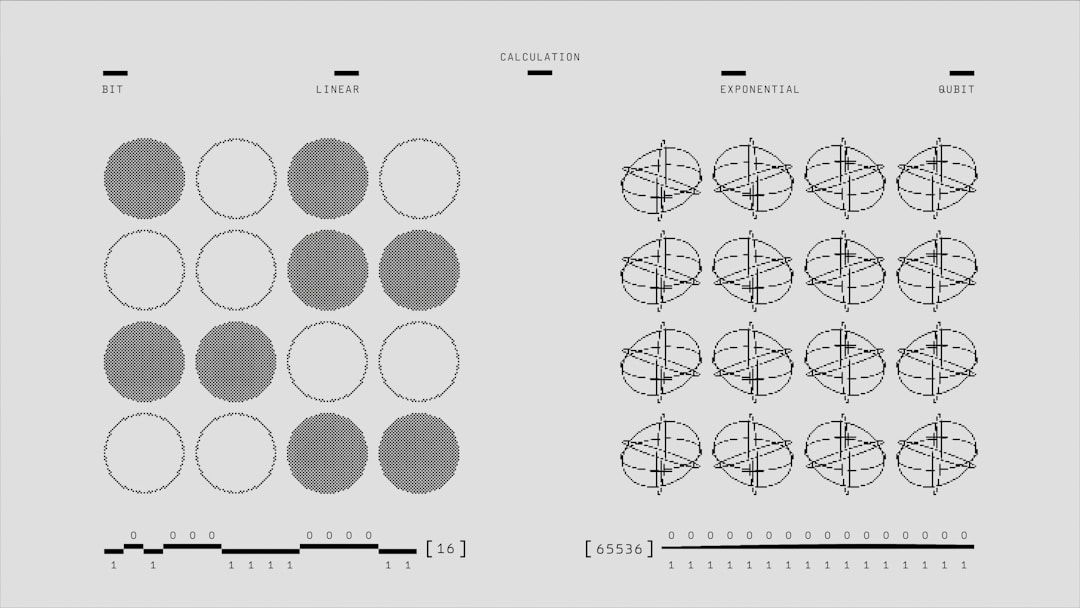Welcome
BIOS>2024:DMEM
the Power of AI and Human Behavior Analysis

What is BIOS>DMEM
BIOS>DMEM is proprietary AI model heavily trained using advanced deep learning techniques
to provide a comprehensive analysis of human decision-making processes
BIOS>DMEM
INTERVENTION
Is a revolutionary solution that leverages the BIOS device to decipher and influence both individual decision-making processes and group dynamics. This advanced service is pivotal for organizations and teams, providing deep insights into how people think and interact within groups.
BIOS>DMEMPERFORMANCE
represents an advanced evolution of the BIOSHACKERS Intervention, focusing not only on understanding and influencing group dynamics and individual decision-making processes but also on predicting and enhancing performance outcomes and goal achievement. This service is tailored for high-stakes environments where precision in performance forecasting and strategic goal alignment is crucial.
BIOS>DMEM DEVELOPMENT
is an advanced and specialized offering designed to facilitate the change and reprogramming of behavior based on the BIOS (Biological Internal Guidance System) typologies. This service is aimed at enabling individuals and groups to modify their decision-making processes and behavioral patterns for improved outcomes, both personally and professionally.
DMEM Algorithm
Our model undergoes extensive training using advanced deep learning techniques and robust infrastructure. Here’s how we achieve this:
Write your awesome label here.
#1 Large-Scale Datasets
The model is trained on extensive, diverse datasets that encompass various decision-making scenarios. This ensures the algorithm learns from a wide array of examples, enhancing its generalization capabilities.
#2 High-Performance Computing
Utilizing high-performance computing resources, including GPUs and TPUs, enables rapid processing and training of the model. This allows for efficient handling of large datasets and complex computations.
#3 Data Augmentation
Employing data augmentation techniques to artificially expand the training dataset. This helps the model become more robust and capable of handling different types of input data.
#4 Transfer Learning
Leveraging pre-trained models and fine-tuning them on our specific datasets accelerates the training process and improves the model’s performance by building on existing knowledge.
#5 Hyperparameter Optimization:
Conducting extensive hyperparameter tuning to find the optimal configurations that enhance the model's accuracy and efficiency. Techniques such as grid search, random search, and Bayesian optimization are used.
#6 Regularization Techniques
Implementing regularization methods like dropout, L1/L2 regularization, and batch normalization to prevent overfitting and ensure the model generalizes well to new data.
#7 Continuous Training and Updates:
The model is continuously retrained and updated with new data to adapt to changing patterns and improve its decision-making capabilities over time.
#8 Cross-Validation
Employing cross-validation techniques to validate the model’s performance and ensure its reliability across different subsets of the data.

